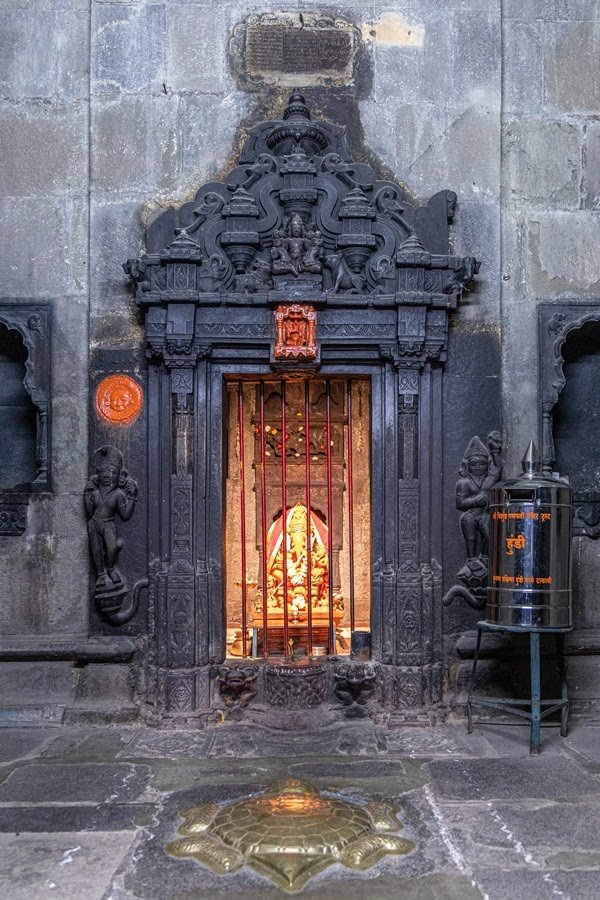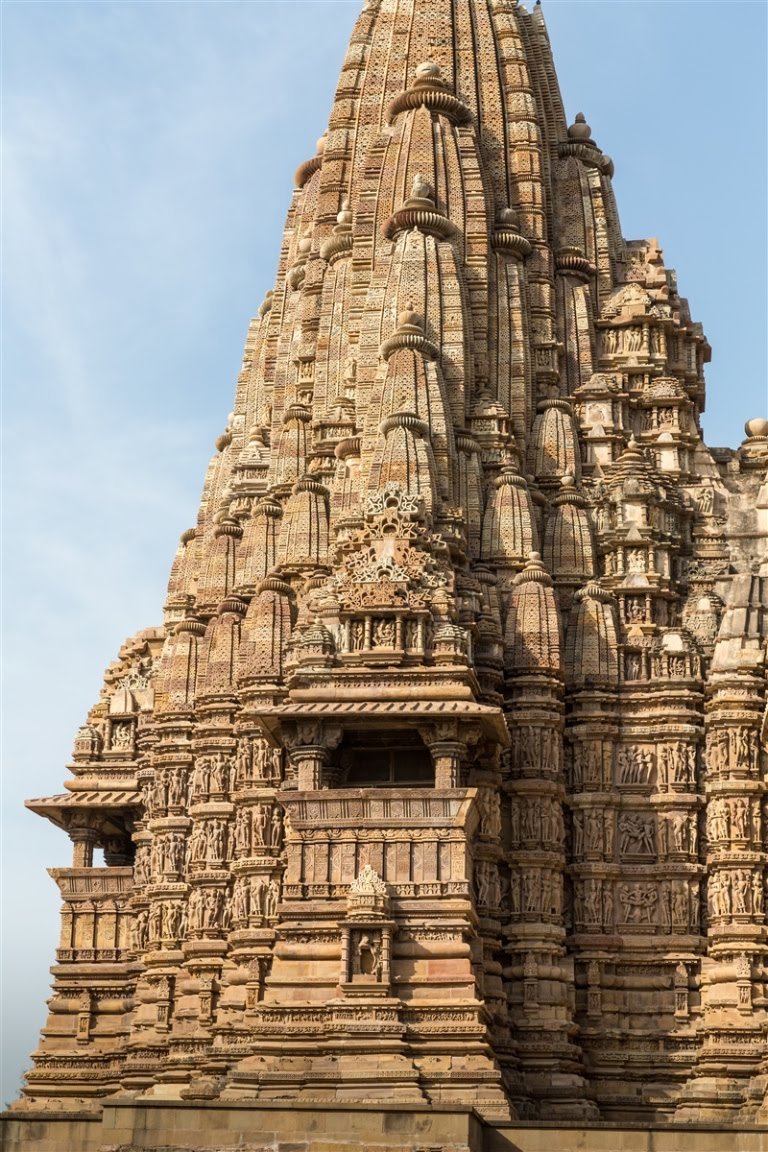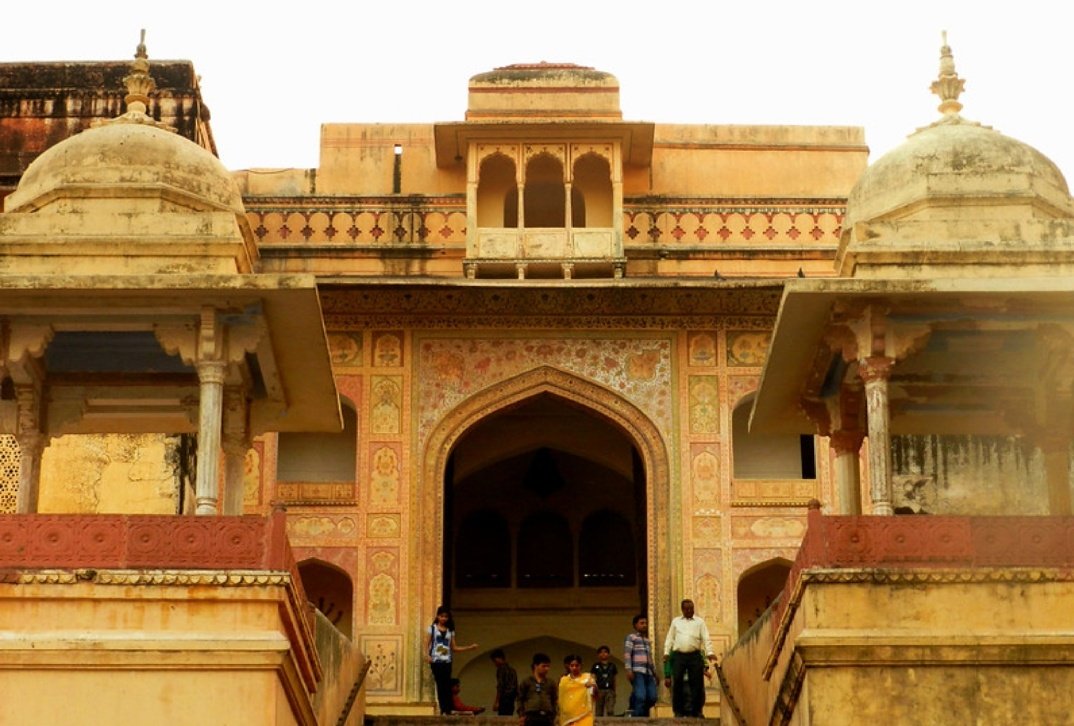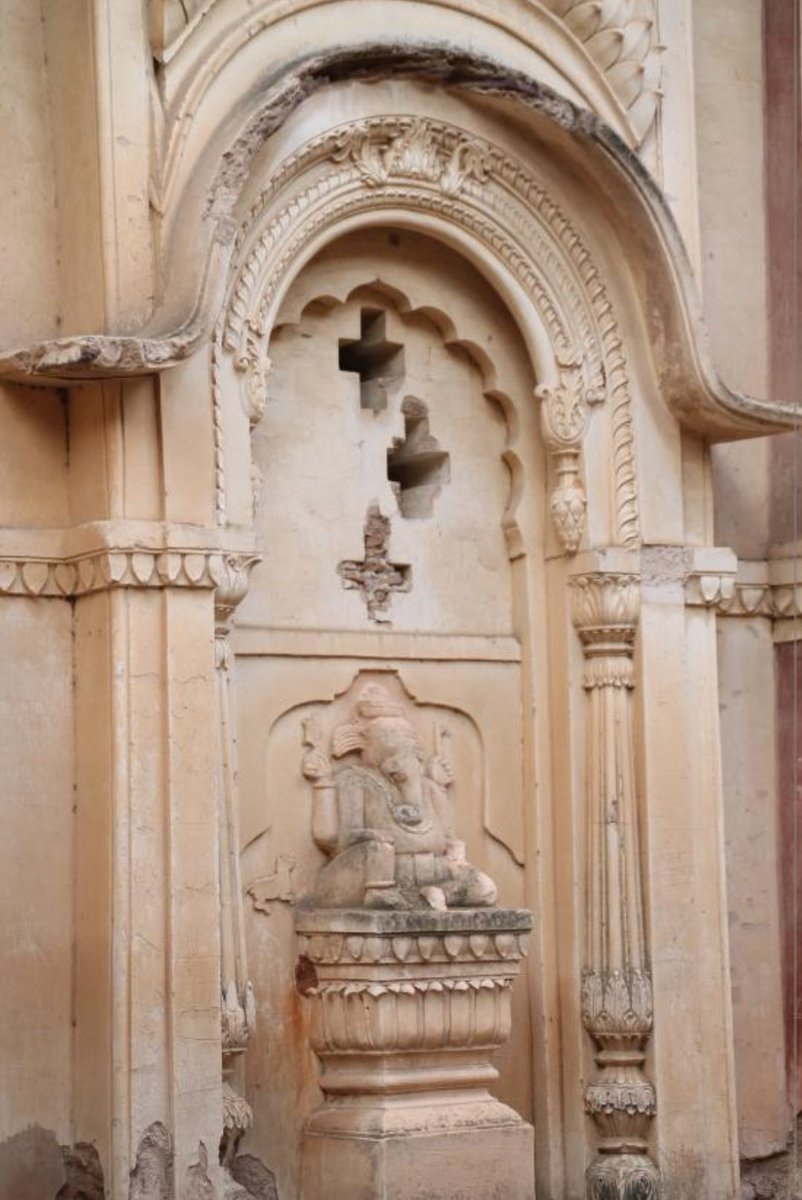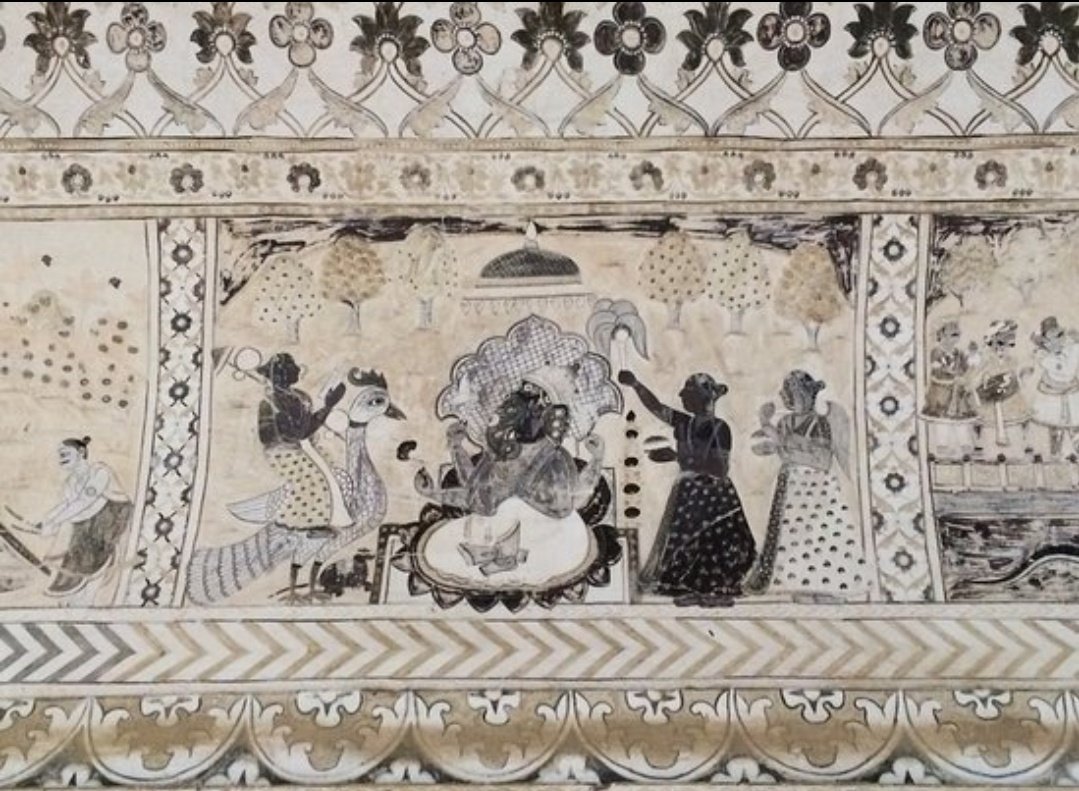📷 #PrambananTemple is a 9th-century Hindu temple compound in Special Region of Yogyakarta, #Indonesia, dedicated to the Trimurti {Brahma, Vishnu & Shiva).
1/1
#HistoryEncyclopedia #हिंदू_धरोहर #History
1/1
#HistoryEncyclopedia #हिंदू_धरोहर #History
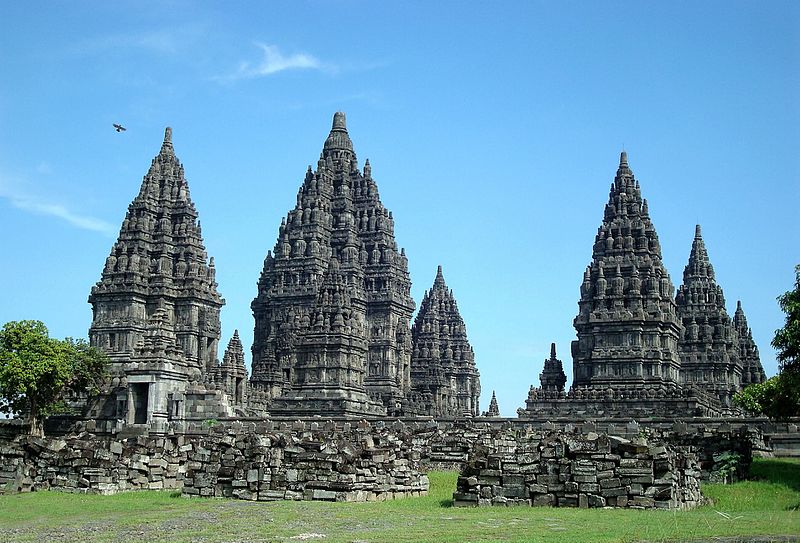
#PrambananTemple is the largest Hindu temple of ancient Java & first building was completed in mid-9th century. It was likely started by Rakai Pikatan of Hindu Sanjaya Dynasty.
📷Shivagrha inscription dated 856 CE.
2/2
#HistoryEncyclopedia #हिंदू_धरोहर #History
📷Shivagrha inscription dated 856 CE.
2/2
#HistoryEncyclopedia #हिंदू_धरोहर #History

Construction of massive #PrambananTemple signifies that Medang court had shifted its patronage from Mahayana Buddhism to Shaivite Hinduism.
A temple was first built at site around 850 CE by Rakai Pikatan & expanded extensively by King Lokapala & Balitung Maha Sambuthe.
3/3
A temple was first built at site around 850 CE by Rakai Pikatan & expanded extensively by King Lokapala & Balitung Maha Sambuthe.
3/3
According to the Shivagrha inscription of 856 CE, the #PrambananTemple was built to honor Lord Shiva & its original name was Shiva-grha (the House of Shiva) or Shiva-laya (the Realm of Shiva).
4/4
#HistoryEncyclopedia #हिंदू_धरोहर #History
4/4
#HistoryEncyclopedia #हिंदू_धरोहर #History
With main prasada tower soaring up to 47 metres high, a vast walled temple complex consists of 240 structures, Shivagrha Trimurti temple was tallest & grandest of its time. Indeed the temple complex was largest Hindu temple in ancient Java.
5/5
#HistoryEncyclopedia #हिंदू_धरोहर
5/5
#HistoryEncyclopedia #हिंदू_धरोहर
📷1: #PrambananTemple night view from the Trimurti open-air stage.
📷2: Ramayana dance performance in Prambanan.
The Trimurti open-air & indoor stages on west side of temple, across Opak River were built to stage the ballet of the traditional Ramayana epic.
6/6
#हिंदू_धरोहर

📷2: Ramayana dance performance in Prambanan.
The Trimurti open-air & indoor stages on west side of temple, across Opak River were built to stage the ballet of the traditional Ramayana epic.
6/6
#हिंदू_धरोहर


On 9 to 12 November 2019, the grand Abhiṣeka sacred ceremony was performed in #PrambananTemple compound. This Hindu ritual was held for the first time after 1,163 years after the Prambanan temple was founded on 856.
7/7
#HistoryEncyclopedia #हिंदू_धरोहर
7/7
#HistoryEncyclopedia #हिंदू_धरोहर
📷An architectural model of the #PrambananTemple complex; originally there were 240 temples in this temple compound.
8/8
#HistoryEncyclopedia #हिंदू_धरोहर
8/8
#HistoryEncyclopedia #हिंदू_धरोहर

📷1: Main shrine dedicated to #LordShiva of #PrambananTemple complex.
📷2: The sculpture of Durga Mahisasuramardini in northern cella of Shiva temple.
9/9
#HistoryEncyclopedia #हिंदू_धरोहर

📷2: The sculpture of Durga Mahisasuramardini in northern cella of Shiva temple.
9/9
#HistoryEncyclopedia #हिंदू_धरोहर


The eastern gate of Shiva temple is flanked by 2 small shrines, dedicated to guardian gods, Mahakala & Nandhisvara. The Shiva temple is encircled with galleries adorned with bas-reliefs telling story of Ramayana carved on inner walls.
10/10
#HistoryEncyclopedia #PrambananTemple
10/10
#HistoryEncyclopedia #PrambananTemple

The Shiva shrine is located at the center and contains five chambers, four small chambers in every cardinal direction and one bigger main chamber in the central part of the temple.
11/11
#HistoryEncyclopedia #PrambananTemple #हिंदू_धरोहर
11/11
#HistoryEncyclopedia #PrambananTemple #हिंदू_धरोहर
The 3 smaller chambers contain sculptures of Goddess Durga Mahushasuramardani (North Chamber), Sage Agastya (South Chamber) & God Ganesha (West Chamber).
📷Sculpture of #LordGanesha
12/12
#HistoryEncyclopedia #PrambananTemple #हिंदू_धरोहर
📷Sculpture of #LordGanesha
12/12
#HistoryEncyclopedia #PrambananTemple #हिंदू_धरोहर

The two other main shrines are those of Vishnu on the north side of the Shiva shrine & the one of Brahma on the south. Both temples face east and each contain only one large chamber, each dedicated to respected gods.
📷Vishnu Temple
13/13
#HistoryEncyclopedia #PrambananTemple
📷Vishnu Temple
13/13
#HistoryEncyclopedia #PrambananTemple

In front of the Shiva temple is the Nandi temple, which contains a statue of the Nandi bull. Next to it, there are also other statues, the statue of Chandra the god of the moon and Surya the god of the sun.
📷Nandi Temple
14/14
#HistoryEncyclopedia #PrambananTemple
📷Nandi Temple
14/14
#HistoryEncyclopedia #PrambananTemple

Between rows of the main temple, on the north & south side, stand two Candi Apit temples. Apit refers to the position of the 2 temples that flanked the inner courtyard on north & south sides. The room inside Apit temples is now empty.
15/15
#HistoryEncyclopedia #PrambananTemple
15/15
#HistoryEncyclopedia #PrambananTemple

The temple is adorned with panels of narrative bas-reliefs telling the story of the Hindu epic Ramayana and Bhagavata Purana.
📷Ravana kidnapping Sita while the Jatayu on the left tried to help her----> #PrambananTemple bas-relief.
16/16
#HistoryEncyclopedia #हिंदू_धरोहर
📷Ravana kidnapping Sita while the Jatayu on the left tried to help her----> #PrambananTemple bas-relief.
16/16
#HistoryEncyclopedia #हिंदू_धरोहर

📷1: Krishna tears apart the legs of his wicked uncle, Kamsa.
📷2: Life-size sculpture of #LordBrahma
📷3: Life-size sculpture of #LordVishnu.
17/17
#HistoryEncyclopedia #PrambananTemple #हिंदू_धरोहर


📷2: Life-size sculpture of #LordBrahma
📷3: Life-size sculpture of #LordVishnu.
17/17
#HistoryEncyclopedia #PrambananTemple #हिंदू_धरोहर



📷1: The pattern of lion in niche flanked by 2 kalpataru trees each flanked by a pair of kinnaras or animals is known as "Prambanan panel".
📷2: Image of Lokapala (Celestial guardians of directions)can be found in Shiva temple.
18/18
#HistoryEncyclopedia #हिंदू_धरोहर

📷2: Image of Lokapala (Celestial guardians of directions)can be found in Shiva temple.
18/18
#HistoryEncyclopedia #हिंदू_धरोहर


📷In Vishnu temple the figures of male deities devatas are flanked by two apsaras.
19/19
#HistoryEncyclopedia #PrambananTemple #हिंदू_धरोहर
19/19
#HistoryEncyclopedia #PrambananTemple #हिंदू_धरोहर

• • •
Missing some Tweet in this thread? You can try to
force a refresh



